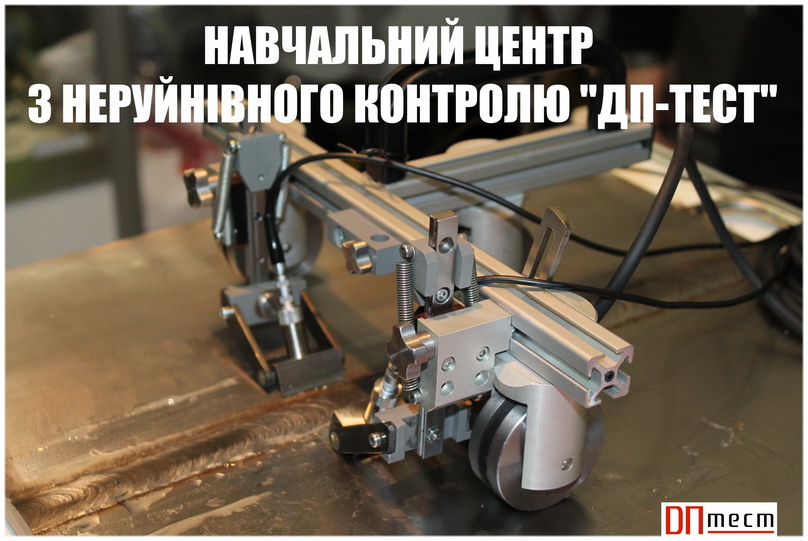Relevance of the topic. Detecting defects has always been and will always be an urgent task. Untimely and insufficiently reliable defect detection can lead to user dissatisfaction, loss of revenue, increased costs, safety hazards, and impact on the organization's competitiveness. Surface defects in metal products, such as cracks, stains, dents, corrosion, etc., can negatively affect the quality and durability of products. The development and application of advanced segmentation algorithms will allow you to detect potentially dangerous defects in time and take appropriate measures to eliminate them, ensuring the safety and reliability of products. Segmentation of images of surface defects in metal products can be used to automate the production quality control process. An automated defect detection system will reduce dependence on human work and increase the speed and reliability of defect detection, which will positively affect production efficiency and reduce costs. For this purpose, it is promising to use machine learning methods.
Purpose: to automate the process of segmentation of images of surface defects of metal products obtained during visual and optical flaw detection using neural network technologies.
To achieve this goal, the following tasks are necessary:
1. Analyze the current state of development of methods for detecting surface defects in metal products and identify the main problems of visual flaw detection. Identify areas for their improvement.
2. Analyze existing methods of image segmentation with image defect recognition. Justify the use of neural networks to improve the quality of defect detection and select the required type of network.
3. Develop algorithmic and software.
4. Conduct testing on real data and obtain quantitative estimates of the system's performance.
5. Analyze the system's performance using different backbones and different mask binarization thresholds.
Object of research: the process of visual and optical flaw detection of metal products.
Subject of research: methods of automated detection of metal defects using neural networks.
Scientific novelty: The algorithms for segmentation of images of surface defects of metal products have been improved by using the latest models of neural networks with deep learning, which has increased the reliability of automated defect detection.
Practical value: software for automated defect segmentation and software algorithms that automate this process and increase reliability have been developed. Recommendations for the selection of backbones and thresholds for mask binarization have been developed.
Research advisor: A. Protasov, A. Momot









